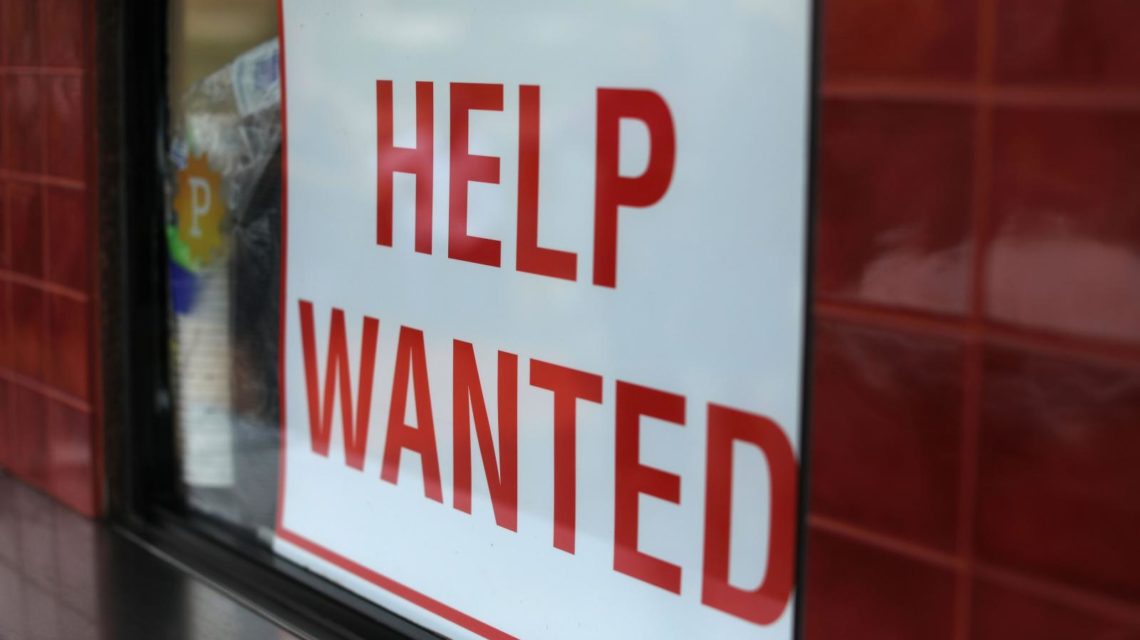By Oliver Staley
Quartz, September 25, 2018 —
The language is such a familiar part of job applications that for many of us, it almost goes unnoticed: “Company X is an equal opportunity employer. All qualified applicants will receive consideration for employment without regard to sex, color, age, or any other protected characteristics.”
The phrase, or some variation of it, is required in the US for jobs advertised by federal agencies and by some states, and it’s often used voluntarily by private employers to signal they welcome minority applicants.
But new research indicates it may have the opposite effect.
In an experiment conducted by a pair of economists, job listings with equal employment opportunity (EEO) language draw fewer minority candidates—in some cases, 50% fewer—than ads without the phrase, due, at least in part, to fears about being token hires.
The new study by Andreas Leibbrandt of Monash University in Australia and John List, a University of Chicago professor who pioneered experimental economics (and who recently worked as a a house economist for Uber), was released as a working paper by the National Bureau of Economic Research, and has yet to be peer reviewed.

Open for interpretation. [Reuters/Mike Blake]
The economists ran ads on an online job board asking applicants to apply for administrative assistant jobs in the news business in 10 US cities, then sent the job descriptions to those who expressed interest. Half received a listing with the EEO phrase, the other half did not. The jobs were real, and offered by an undisclosed employer. Ten people were eventually hired.
They received 2,321 initial expressions of interest, and 951 eventual applications. Among the 506 members of minority groups—primarily African-Americans and Hispanics—who applied, they received 4.4% fewer applications from those who saw ads with the EEO statement than from those who did not. Minority applicants with at least a high school diploma were 12% less likely to apply.
The biggest gaps were in cities with predominantly white populations. In San Francisco, minority applicants who saw the EEO language were 50% less likely to apply. Applicants in Houston (29%) and Denver (22%) followed similar patterns. In cities with large minority populations like Atlanta and New York, the EEO statements didn’t affect the percentage of minority applicants.
To understand why, Leibbrandt and List conducted separate surveys in four of the cities, about a year after they ran the ads, to test theories about why minority groups in some cities didn’t apply when they saw the statement.
FEAR OF TOKENISM
The surveys suggested that “job seekers believe that the inclusion of an EEO statement considerably raises the belief that African Americans and Hispanics are token hires,” Leibbrandt and List wrote. In the predominantly white cities, 69% of the minorities surveyed said the statement signaled to them that they would be token hires. The researchers hypothesize that this could be of particular concern in largely white cities, where minority applicants are rarer and employers may feel pressure to diversify.
The economists had two other theories, which weren’t verified by the surveys.The first was that the statement might raise, not lower, expectations of discrimination. Similar to when someone says “I’m not prejudiced because I have black friends,” the statement perhaps would raise red flags about the nature of the workplace, and what the statement may be trying to guard against.
Second, they hypothesized that the statement might have activated what psychologists call “stereotype threat,” the idea that invoking commonly held stereotypes about a group causes its members to become anxious or self-conscious about their status. In a common example, reminding girls about to take a math test that they stereotypically underperform boys can result in poorer performance. In this explanation, the applicants who saw the EEO statement might have then anticipated that they would be viewed by hiring managers as incompetent.
But the research suggests that a fear of tokenism was the real culprit.
The authors caution their study only examined the reaction of respondents applying for a particular sort of job at a small employer, and applicants may have different reactions to EEO statements at large or public employers, or when applying to different kinds of jobs. But the experiment does suggest employers who deploy the statement, even those with the best of intentions, may find it backfiring.












